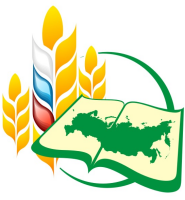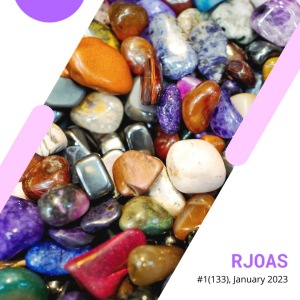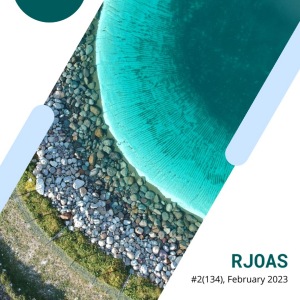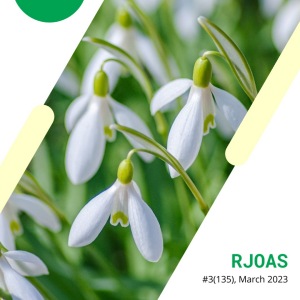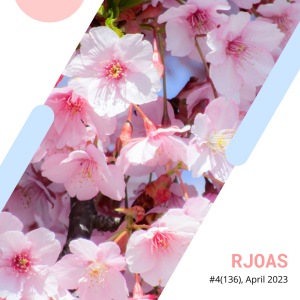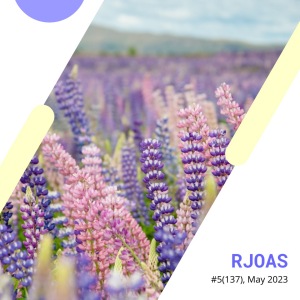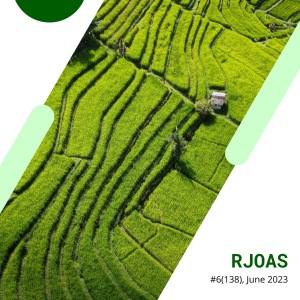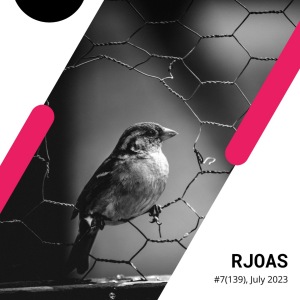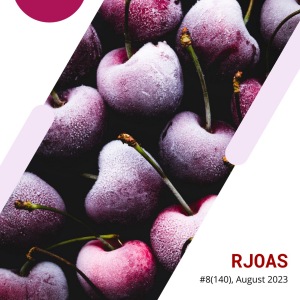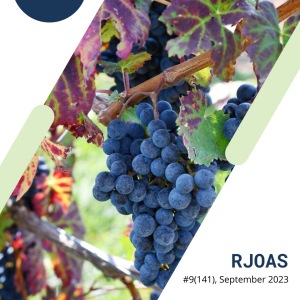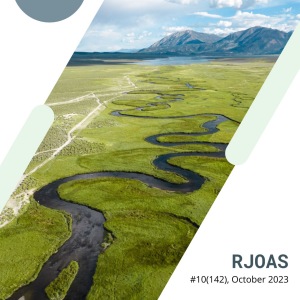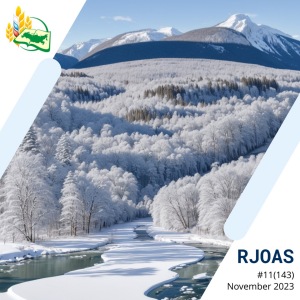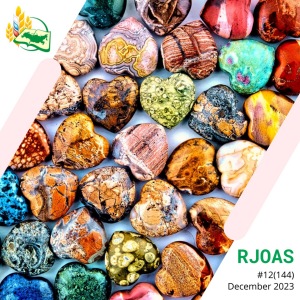ISSUE 9(9), September 2012 |
Pages 3-20
Title
SOME ECONOMIC-GEOGRAPHIC FACTORS DEVELOPMENT OF THE EXAMPLE RURAL AREAS NORTHEASTERN MONTENEGRO
Author(s)
Goran Rajovic, Jelisavka Bulatovic
Organization(s)
College of Textile Design, Technology and Management, Belgrade, Serbia
Key Words
Northeastern Montenegro; Geographical location; Natural features; Rural settlements; Population; Economy; Regions.
Abstract
The paper analyzes some of the economic and geographical factors of rural settlements northeastern Montenegro. Isolated traffic and geographical position adversely affects their economic and social development. Natural characteristics of space indicate that rural economy is not in compliance with all the natural conditions. Incompatibility between the available natural and current conditions of the rural economy is determined by the overall socio-economic factors of development. The percentage decrease in rural population in the municipality of Berane period 1948-2003 amounted to - 0.22%. However, the municipalities of Andrijevica and Plav, show significant deviations from these population dynamics. Thus the percentage decrease in population rural the same period was in the municipality Andrijevica - 49.44%, and the municipality of Plav - 26.8%.The main characteristic of the modern development of rural settlements give industrialization and urbanization processes. Age groups, due to migration and the reduction of fertility change and take on unfavorable characteristics, reduces the proportion of younger and older increases the proportion of the population. . In both cases, the disturbed age structure has a reverse effect on the movement of the population (the size of reproductive contingent), but also to all other structures of the population (the size of contingent employment, population, compulsory school contingent, contingent dependent population ratio). Rating natural conditions aimed at separation of homogenous territorial units with some degree of benefits and limitations for certain types of economic development.
CrossRef DOI
Pages 21-27
Title
EFFICIENCY OF RESOURCE USE IN SMALL-SCALE WHITE SHRIMP (PENAEUS VANNAMEI) PRODUCTION IN LAMONGAN REGENCY, EAST JAVA PROVINCE, INDONESIA
Author(s)
Riski A. Lestariadi*, Sutonya Thongrak**, Ratya Anindita*
Organization(s)
* Brawijaya University, Indonesia
** Prince of Songkla University, Thailand
Key Words
Production efficiency; White shrimp; Farming; Intensive technology; Small-scale; East Java Province.
Abstract
This study carried out to determine the efficiency of recourses use in white shrimp (Penaeus Vannamei) production in Lamongan Regency, East Java Province, Indonesia. The simple random sampling technique used to select 125 small-scale white shrimp farmers from six-study areas in Lamongan Regency. The white shrimp production function was estimated using Ordinary Least Square (OLS) technique. The results indicated that Double Log production function had the best fit in explaining the relationship between output of white shrimp and inputs used. The coefficient of determination (R2 = 0.846) indicated that the eighty-four point six percent of variation in output of white shrimp was explained by the independent variables in the model. Findings showed that labor, fertilizer, feed and stocking density are significant determinants of production inputs. Moreover, the estimates of the ratio of the value of marginal product (VMP) to marginal factor cost (MFC) revealed that the non-optimal combination of inputs among the white shrimp farmers, it showed that the aquaculture farms resources were inefficiently utilized for labor, feed and stocking density by 1.94, 1.93 and 171.4 respectively, while fertilizer showed otherwise by 0.11 or over utilized.
CrossRef DOI
Pages 28-32
Title
COCOA PRODUCTION - AGRICULTURAL CREDIT GUARANTEE SCHEME FUND NEXUS IN NIGERIA: A COINTEGRATION APPROACH
Author(s)
O. Oyakhilomen, U.O. Omadachi, R.G. Zibah
Organization(s)
Department of Agricultural Economics and Rural Sociology, Ahmadu Bello University, Zaria, Nigeria
Key Words
Cocoa; Agricultural credit; Guarantee; Nigeria; Cointegration.
Abstract
This study was carried out to examine the relationship between cocoa production in Nigeria and agricultural credit guarantee scheme fund using time series data on cocoa production in Nigeria, value of loans guaranteed and number of loans guaranteed spanning over the period of 1981 to 2011. The Johansen cointegration test was employed in this study and the result indicated that there was no cointegrating relationship between cocoa production in Nigeria and Agricultural credit guarantee scheme fund over the period under study. This could be attributed to the guaranteeing of few number as well as limited value of credit to the farmers by agricultural credit guarantee scheme fund and the high incidence of loan diversion by the cocoa farmers who had access to the loans guaranteed by agricultural credit guarantee scheme fund. It is recommended that the number as well as the value of credit guaranteed to cocoa farmers should be significantly increased so as to enable the farmers expand their production and thereby, reposition the cocoa to assume a critical role as a major non-oil foreign exchange earner in the Agricultural transformation plan of Nigeria.
CrossRef DOI
Pages 33-37
Title
MONITORING OF WEED INFESTATION OF CROPS AT MODERN RESOURCE-SAVING WAYS OF THE MAIN SOIL PROCESSING
Author(s)
A. Zabrodkin, A. Novikova, S. Plygun, V. Lobkov
Organization(s)
Orel State Agrarian University, Orel City, Russia
Key Words
Biomass; Plant production; Weeding; Pollutants; Soil fertility; Crops; Species; Forecasting; Soil.
Abstract
The results of investigation of influence of different soil processing methods on weed infestation of crops and their influence on agricultural crop efficiency in the conditions of the Orel region are examined. The analysis and estimation of agricultural crop infestation including different quantitative characters: rating system, weed plant phytomass, projective cover in comparison with projective cover of cultivated plants, specific number of weed plants and their influence on agricultural crop efficiency are carried out. The influence of different seeds variants and modern basic soil cultivation on weed infestation of crops, utilization of foreign seeding complex John Deere 730 and national seeding machine SZ-5,4 is shown.
CrossRef DOI
Pages 38-40
Title
FUSARIUM - PROGRESSIVE DISEASE OF SUNFLOWER
Author(s)
A.Z. Kushhabiev, L.M. Khromova
Organization(s)
State Scientific Research Institute of Kabardino-Balkaria, Nalchik, Kabardino-Balkaria, Russia
Key Words
Fusarium; Sunflower varieties; Diseases; Biologicals.
Abstract
In article results of researches on Fusarium oppression by application of ecologically safe microbiological products for an agrobiocenosis are presented at sunflower cultivation.
CrossRef DOI













